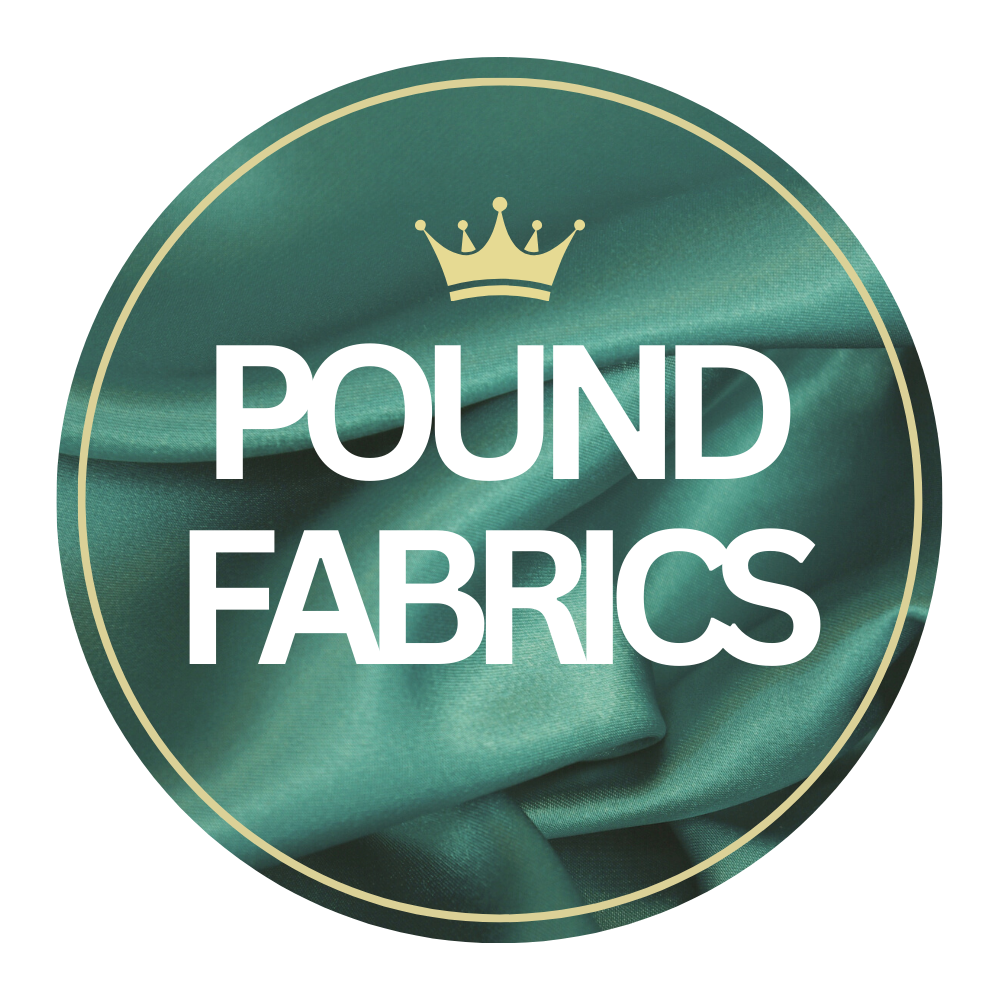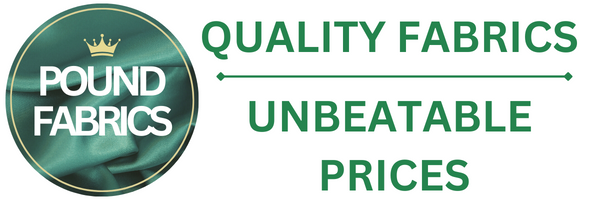
Sewing can seem very complicated for those who never tried it and don't know where to start. This guide will be very helpful if you are wondering what sewing essentials you need to sew your first garment. We created a basic list of things that may be useful for you:

- Needles - different thicknesses and lengths, for manual sewing and for the machine
- Pins - it's important that they are sharp, otherwise you can ruin the whole project at the beginning and pull the material
- Tailor meter
- Thimble
- Tailor's chalk - a soap, a crayon, something that can be safely drawn on the material and we can easily remove it
- Small sharp scissors - for cutting threads
- Large sharp fabric shears
- Threads - good quality for sewing on the machine, and may be of lower quality for manual sewing
- Basting thread
- Translucent paper for copying patterns (baking paper will be fine)
- Long ruler - 50 cm
- Sewing machine

It is worth focusing on the last point - sewing machine. If you have never had any contact with such equipment, you don't need to spend a lot of money. First, check if sewing is for you. It is not worth investing immediately in new, expensive machines with millions of stitches. It's best to ask among family, friends if someone has a machine and could borrow you or show you how to use it (if not, remember that YouTube has a video on every topic). If you don't know any sewer who can help you, you can search for a used machine online - good old secondhand Singer will be more than enough for your first steps in sewing. Two stitches are enough to start - straight and "zigzag". If you try sewing and you like it, you can think about a better machine, but you really don't have to hurry with it. Once you complete your sewing starter kit, what to do next?

You have to choose a project. At the beginning we recommend something simple. A pillowcase or a circle skirt, something that won't discourage you with too many details. You can also find a lot of patterns to learn from - we have a full range of Tilly and The Buttons and The Avid Seamstress available here.
Spray all material thoroughly with water before cutting. The material after washing will probably shrink (pretty much any fabric does), so to avoid not getting into the skirt after washing it is worth remembering.
Each pattern has an instruction - stick to it! There is nothing to go to shortcut. You are not an experienced dressmaker to shorten your way! Carefully check each part of the pattern, move all the arrows, arrange the material in accordance with the markings on the pattern, so that later the item looks nice. Before you use the scissors, double-check that everything is well arranged and drawn, remember to use pins. Many patterns do not have added extra cm for stitching or backing, remember to add it (approx. 1 cm) before cutting.
Everything is cut out - what's next? The pattern instructions describe step by step what you need to staple. Do not skip any stages - if you sew the main seams first, there is no chance of sewing the folds correctly! You can try to make several stitches on an unnecessary piece of fabric to see how the material will work with your machine. First, baste the seam - sew it by hand so that nothing changes during sewing. It's worth spending a few extra minutes on basting, especially if you are a beginner. Then stitch the seam on the machine. And iron it! It is a very important matter - each stitching should be ironed before we move on to the next seams. After sewing the whole garment, you will not be able to iron all seams so precisely.
And one last important point: You have to be patient! Good luck!











Ann Robson
January 23, 2024
What a brilliant website. Going to look around for beginners sewing machine